The Art and Science of Sofa Design for Living Rooms
Sofas are the cornerstone of any living room, serving both functional and aesthetic purposes. The right sofa can transform a space, offering comfort, style, and a reflection of the homeowner’s personality. This article delves into the multifaceted world of sofa design, exploring various aspects that contribute to creating the perfect living room centerpiece.
1. Understanding the Basics
A. Types of Sofas
Sofas come in various shapes and sizes, each serving different needs and preferences:
- Sectional Sofas: Comprising multiple sections, these are versatile and can be rearranged to fit different spaces. They are ideal for large families or those who entertain often.
- Loveseats: Smaller sofas designed to seat two people. Perfect for cozy spaces and intimate settings.
- Sofa Beds: These multifunctional pieces can be converted into beds, providing an excellent solution for small apartments or guest rooms.
- Chaise Lounges: Long chairs designed for reclining, often incorporated into sectional sofas or used as standalone pieces for a luxurious touch.
- Mid-Century Modern Sofas: Characterized by clean lines, minimalist designs, and functionality, reflecting the mid-20th century aesthetic.
B. Materials and Upholstery
The material of a sofa greatly influences its comfort, durability, and style:
- Leather: Known for its durability and classic appeal, leather sofas age well but require regular maintenance.
- Fabric: Offers a wide range of textures and colors. Fabrics like cotton, linen, and velvet are popular choices.
- Microfiber: A synthetic material that is stain-resistant and easy to clean, making it ideal for families with children or pets.
2. Design Elements
A. Frame and Structure
The frame is the backbone of the sofa, determining its longevity and stability:
- Wood: Hardwoods like oak, maple, and birch are preferred for their strength and durability.
- Metal: Provides a sleek, modern look and is often used in contemporary designs.
- Plywood: A more affordable option, though not as durable as hardwood or metal.
B. Cushions and Comfort
Comfort is paramount in sofa design, and it largely depends on the cushions:
- Foam: High-density foam offers firm support and retains its shape over time.
- Down: Provides a plush, luxurious feel but requires frequent fluffing and maintenance.
- Hybrid: Combining foam and down for a balance of support and softness.
C. Design and Aesthetics
The sofa’s design should complement the living room’s overall aesthetic:
- Traditional: Features ornate details, rolled arms, and tufted backs.
- Modern: Emphasizes clean lines, geometric shapes, and minimal ornamentation.
- Eclectic: Mixes elements from different styles for a unique, personalized look.
3. Practical Considerations
A. Space and Layout
Understanding the living room’s dimensions and layout is crucial in selecting the right sofa:
- Scale: Ensure the sofa’s size is proportional to the room. Oversized sofas can overwhelm a small space, while small sofas can look lost in large rooms.
- Configuration: Consider the sofa’s placement in relation to other furniture and the room’s focal points, such as a fireplace or television.
B. Durability and Maintenance
A good sofa should withstand the rigors of daily use while maintaining its appearance:
- Stitching: Reinforced seams and double stitching enhance durability.
- Cushion Fillings: High-quality fillings like high-density foam and down retain shape and comfort.
- Upholstery Maintenance: Choose materials that are easy to clean and maintain, especially in households with pets or children.
C. Budget
Sofas are an investment, and prices can vary widely:
- Budget Sofas: Generally made with less expensive materials like plywood frames and synthetic fabrics.
- Mid-Range Sofas: Offer a balance of quality and affordability with hardwood frames and a variety of upholstery options.
- High-End Sofas: Made with premium materials and craftsmanship, offering superior comfort, durability, and design.
4. Trends in Sofa Design
A. Sustainability
With increasing environmental awareness, sustainable furniture is gaining popularity:
- Eco-Friendly Materials: Use of recycled or sustainably sourced materials.
- Durability: Investing in long-lasting furniture to reduce waste.
B. Customization
Consumers are seeking more personalized options:
- Modular Sofas: Allowing configurations to be customized to fit individual spaces and needs.
- Bespoke Designs: Tailoring every aspect of the sofa, from size and shape to fabric and color.
C. Technology Integration
Modern sofas are incorporating technology for enhanced convenience and comfort:
- Built-In Charging Ports: USB ports and wireless charging pads for devices.
- Smart Features: Adjustable headrests, built-in speakers, and massaging functions.
Samples Of Some Sofa Design For Living Rooms
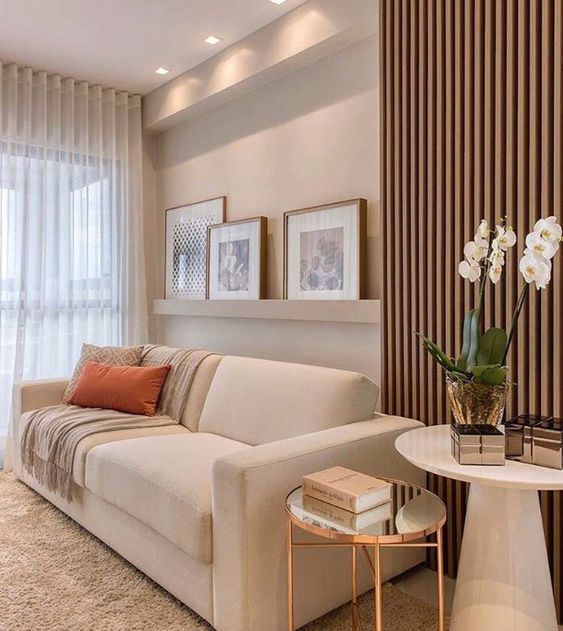
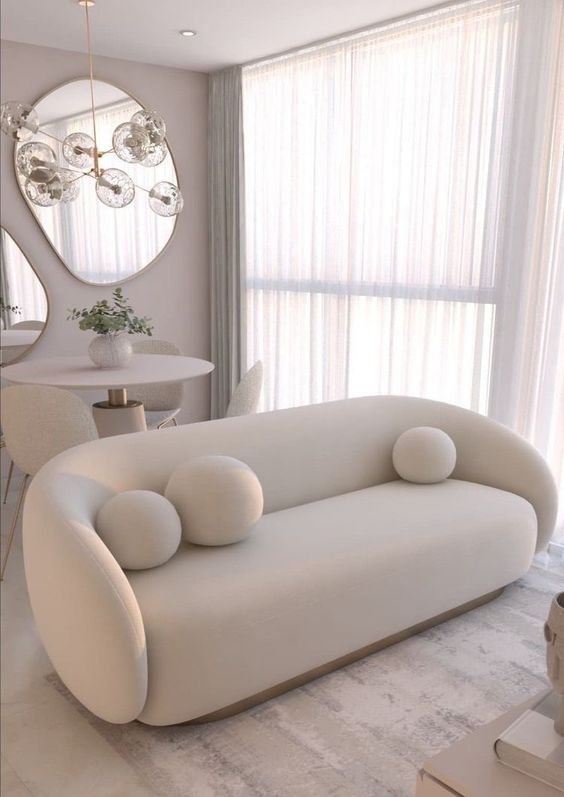
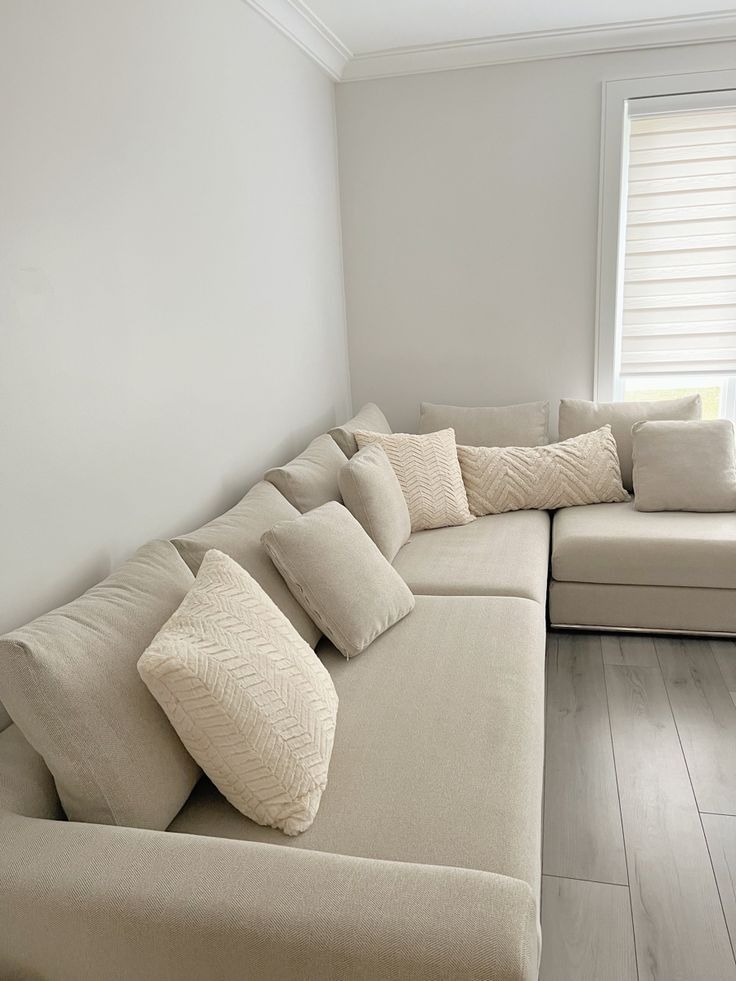
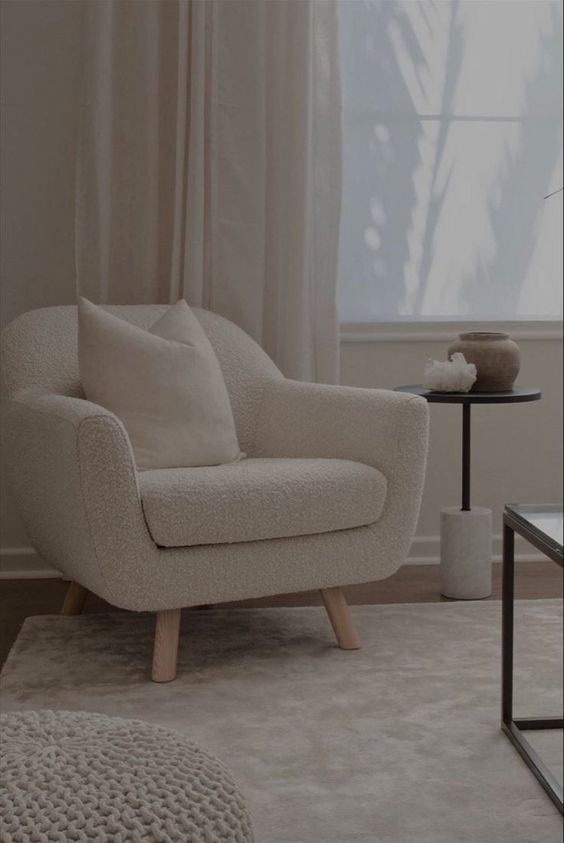

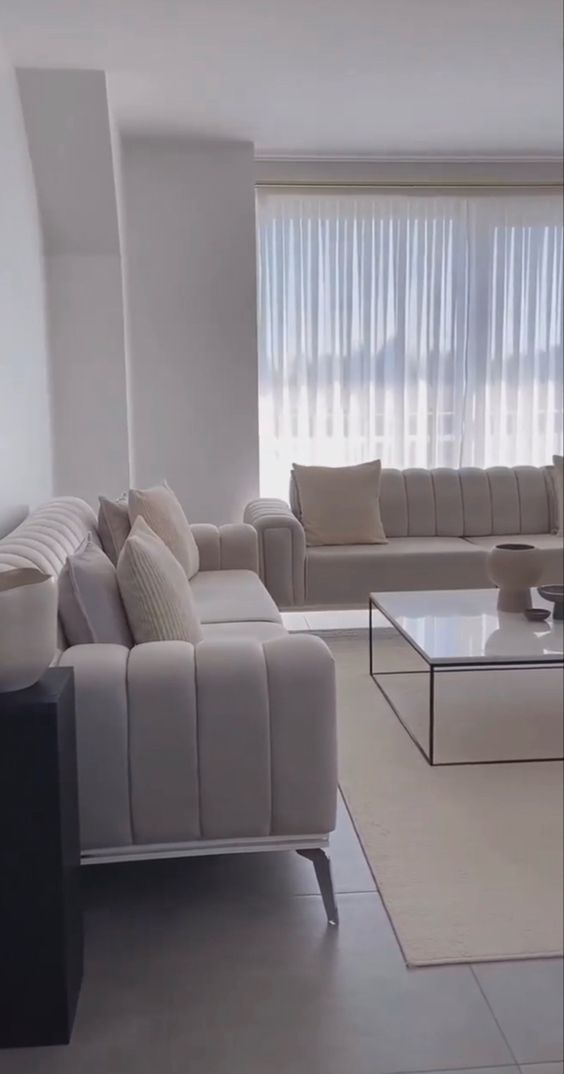
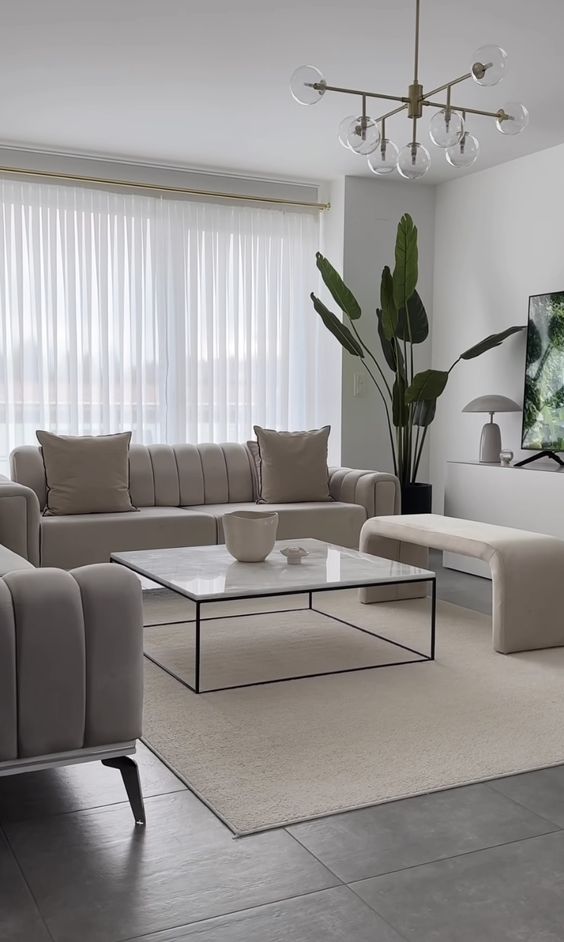
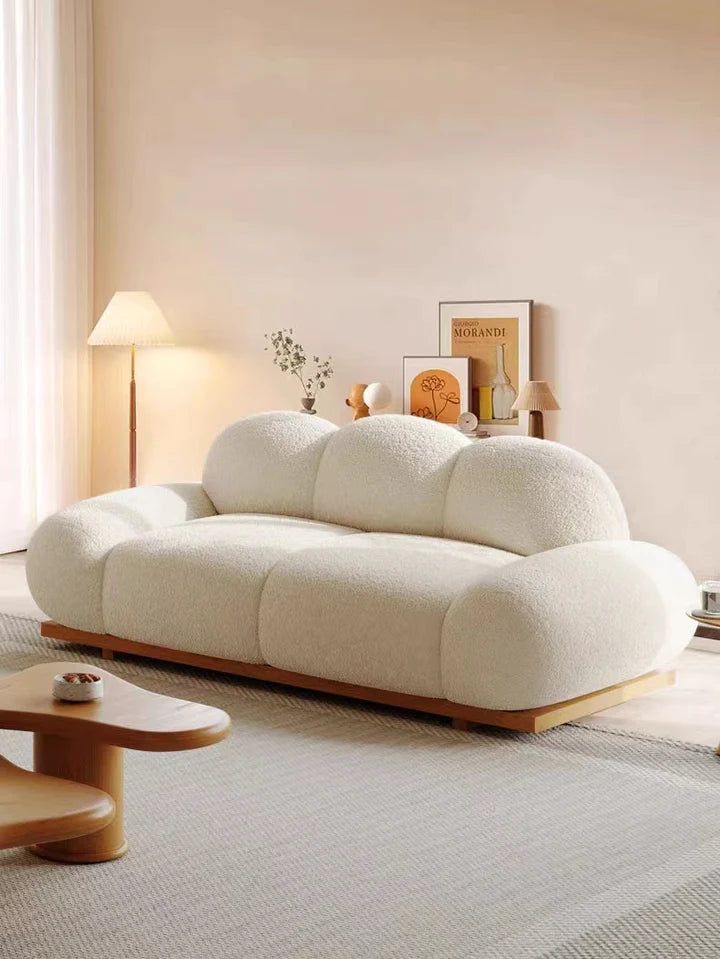
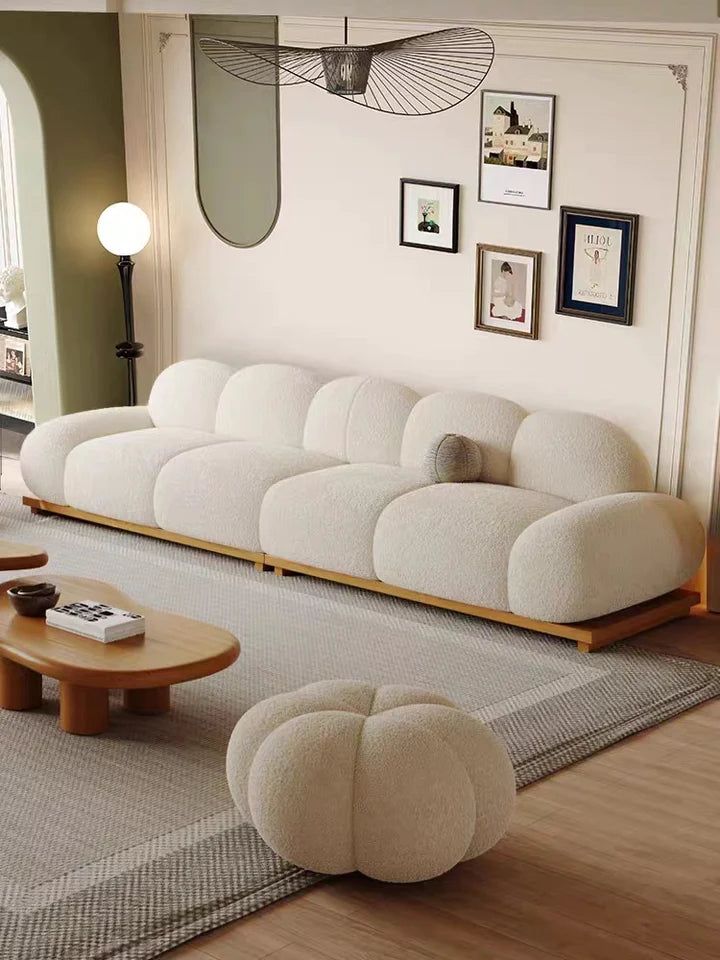

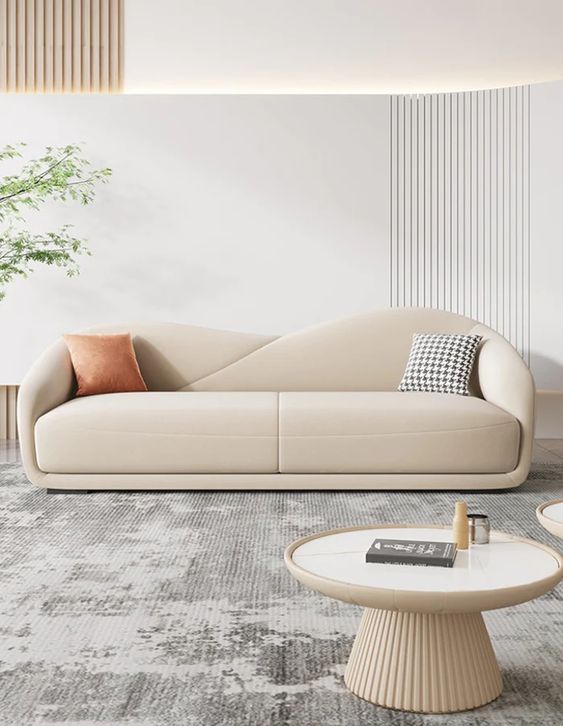
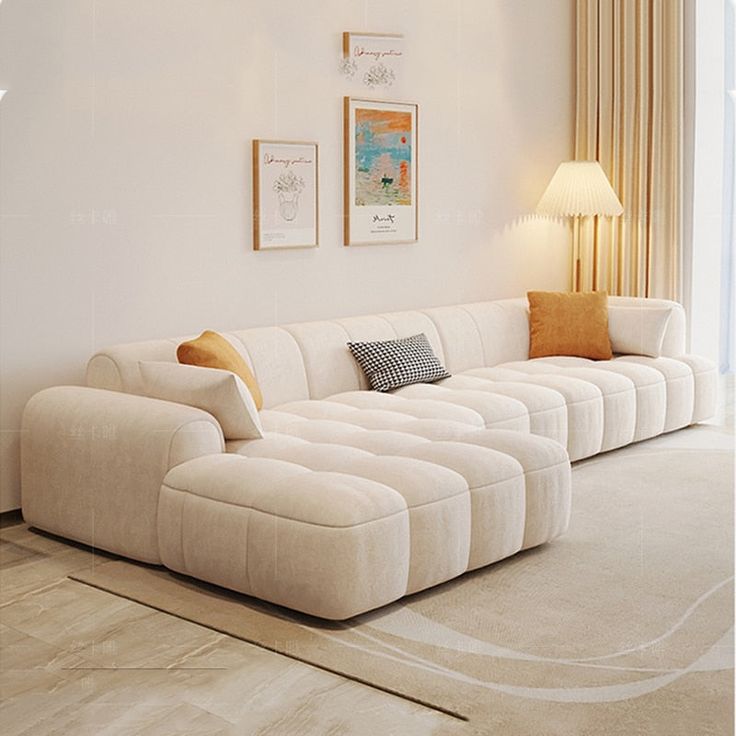
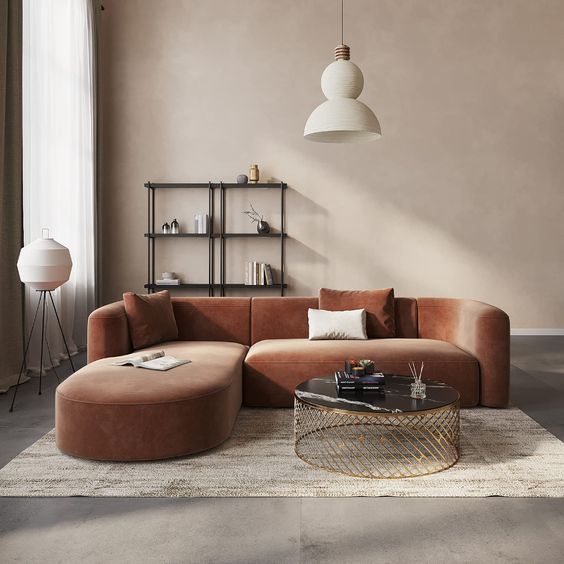
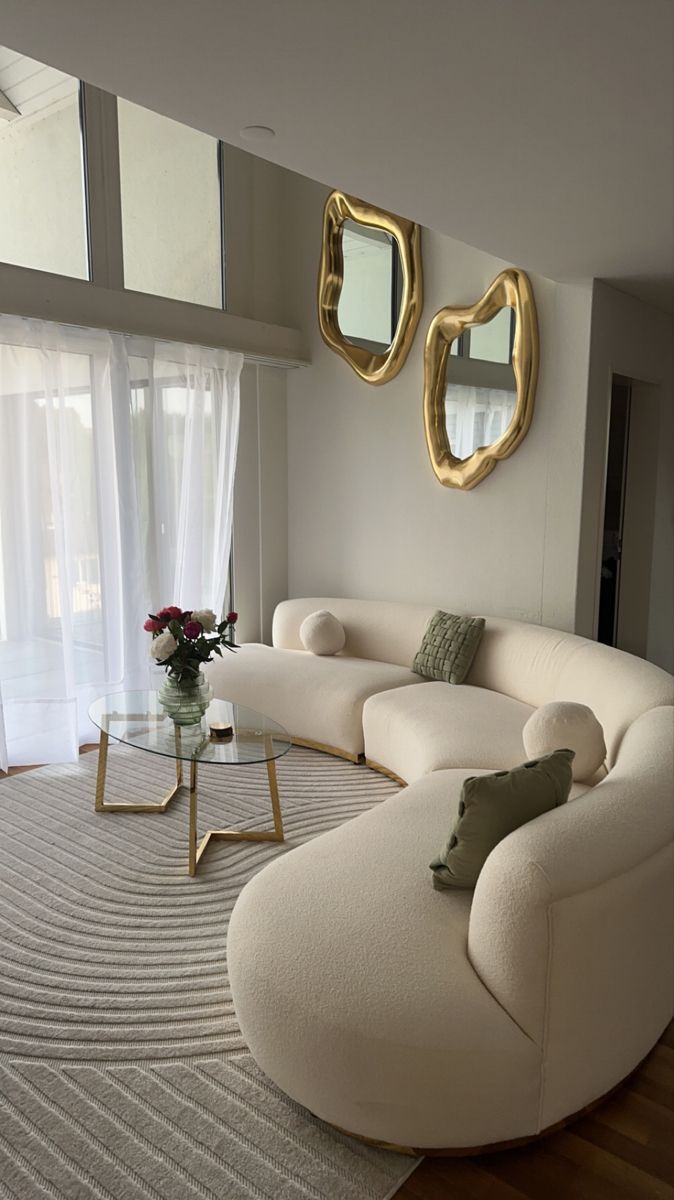

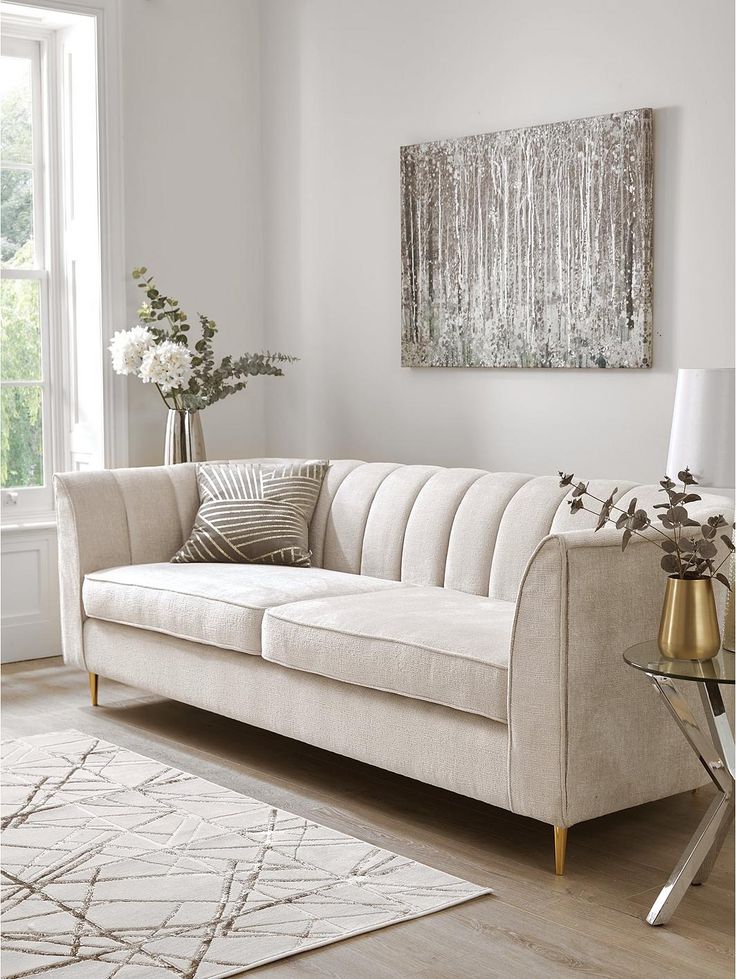
Conclusion
Designing the perfect sofa for a living room involves a harmonious blend of functionality, comfort, and style. From understanding the types and materials to considering practical aspects like space and budget, every decision contributes to the overall ambiance and usability of the room. Keeping abreast of trends and innovations ensures that your sofa not only meets your current needs but also adapts to future ones. Ultimately, the right sofa is an investment in the quality and enjoyment of your living space.
